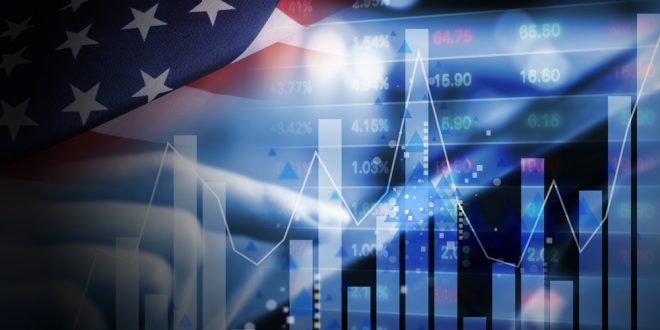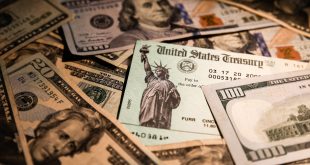The United States continues to show increasing signs of economic recovery, supported by the massive government stimulus spending and the monetary easing policies of the Federal Reserve.
The measurements that aim at curbing the negative economic impacts of the coronavirus pandemic seem to be working amid a surge in consumer spending, which remains the biggest drive for economic growth and recovery in the U.S.
Earlier today, data by the U.S. Department of Commerce showed that retail sales surged by 9.8% in March. The increase was the largest seen since May 2020, when the initial reopening of the economy began following the first and most strict wave of lockdowns to combat the spread of the virus.
The data coincides with the beginning of a $1.9 trillion relief package that increased government handouts to households to $2,000 a month, thus supporting consumer spending.
Furthermore, data also showed an increase in industrial output last month, following a decline in February, which indicates a recovery in the manufacturing and mining industries, especially after a setback that resulted from bad weather conditions and a strong winter storm hitting southern parts of the U.S.
Accordingly, it was no surprise to see a decline in the applications for jobless claims, or unemployment benefits, last week by around 200,000, according to data by the U.S. Department of Labor.
Earlier this month, data by the U.S. Bureau of Labor Statistics showed a decline in the unemployment rate to 6% in March, from 6.2% in February, with Fed officials expecting further decline in unemployment as more people return to work.
In its latest meeting, the Fed expected the unemployment rate to decline to 4.5% by the end of 2021.
In the March 17-18 meeting, the Fed also expected the U.S. economy to grow by 6.5% this year, compared with an expected 4.2% growth rate last December.
The positive data reflected positively on the stock market today, with two of Wall Street’s thee benchmark indices hitting new record highs.
It remains to be seen how the progress in vaccination and reopening the economy would maximize the positive outcomes of the massive fiscal and monetary support, which might soon be coupled by massive public expenditure on infrastructure, thus leveraging job creation.
 Noor Trends News, Technical Analysis, Educational Tools and Recommendations
Noor Trends News, Technical Analysis, Educational Tools and Recommendations





